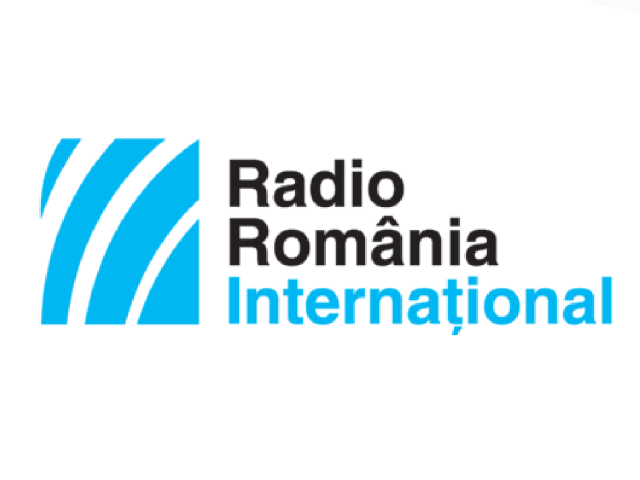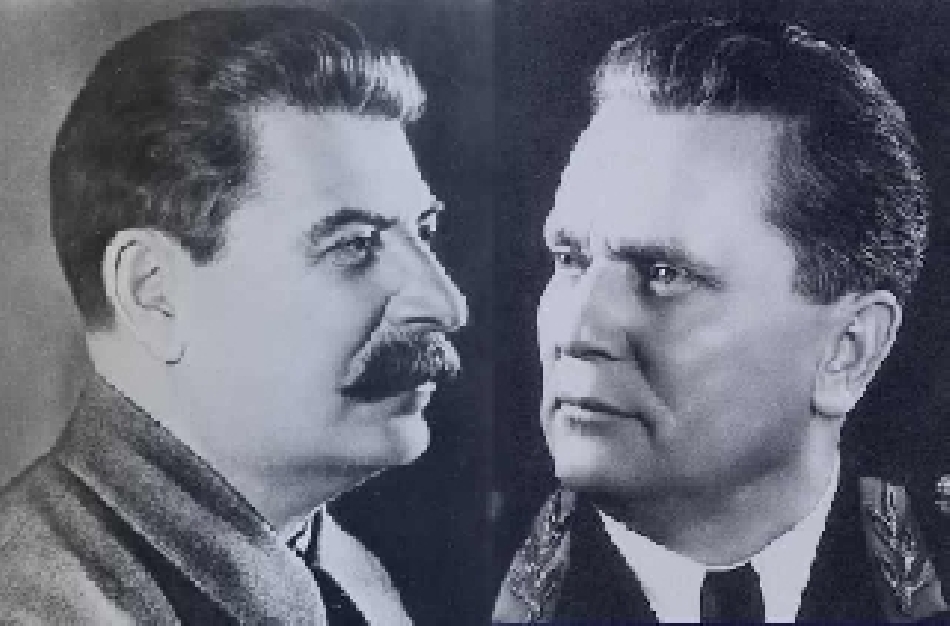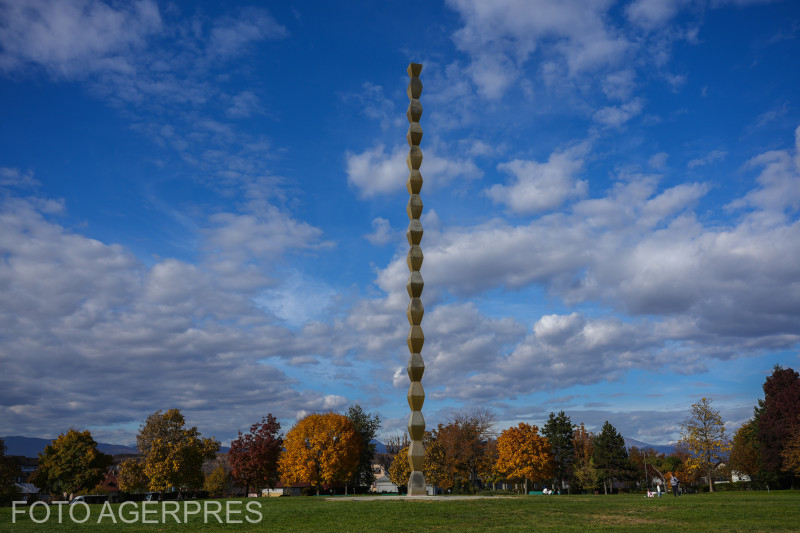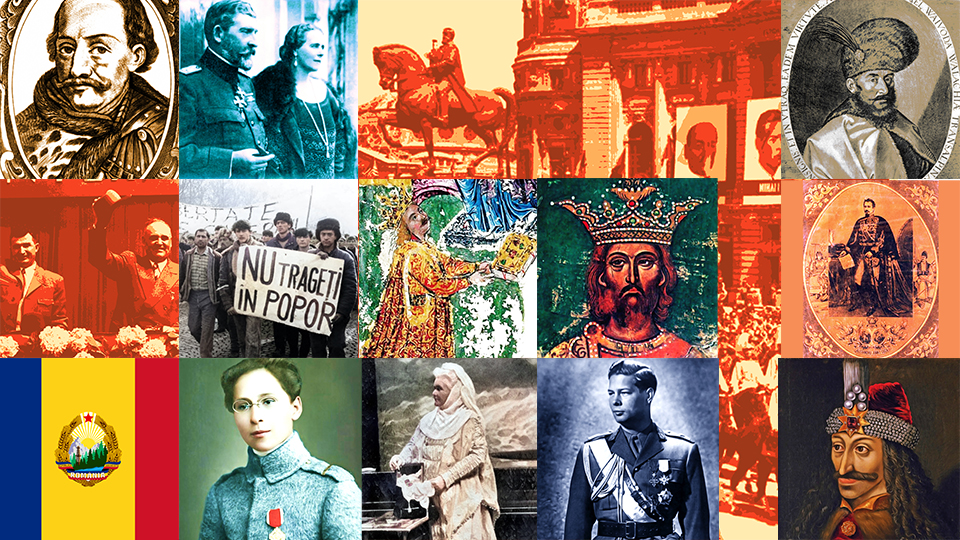The Germans in Romania after 1945
The aftermath of WWII marked the dawn of a new era, defined by a new ethnic configuration

Steliu Lambru, 22.10.2018, 13:35
All countries, either winners or losers, tried to rebound in terms of demography and economy, after having been ravaged by a 6-year war. After the Jews, exterminated by the millions in Nazi concentration camps, the Germans were the most affected. Held guilty of all horrors of the war, they paid a high price under all aspects — economic, human and social.
The Germans in Romania, known as Transylvanian Saxons and Swabians, just like all other German communities in Central and Eastern Europe, suffered a great deal. During communist Romania, Transylvanian Saxons and Swabians who did not die in the line of duty, the ones who escaped deportation to the USSR and the few who returned from the USSR chose to flee to the Federal Republic of Germany. During the communist regime, between 1945 and 1989, there was a constant German exodus that led to their near disappearance from Romania. This exodus can be explained through the FRG’s policy towards Germans in Central and Eastern Europe on the one hand and the Romanian communist state’s plan to take advantage of the German policy in order to make money.
Sociologist Remus Anghel studies migration at the National Institute for the Study of National Minorities in Cluj Napoca. He co-authored a book on the history of the German community in Romania starting 1930.
Remus Anghel: “The Germans’ Associations in Romania played a role in convincing the German government to initiate the program of helping ethnic Germans in Romania in the sense of offering the Romanian government compensations. In fact, there was a precedent for this strategy, set by the Jewish government, who had a series of deals with the Romanian government in order to ease the Jewish people’s migration from Romania. We, in Romania, have the tendency to understand things related to the Romanian context by analyzing them only through the Romanian context. In fact, this is not the right approach. The 20th Century history of Germans in Romania is tightly connected to two essential moments and two essential personalities, namely Hitler and Stalin. Just like all other Germans in Central and Eastern Europe, the Germans in Romania were caught in the middle, between the expansion of Nazi Germany, the war and its consequences”.
After the war, some 12 million Germans from Central and Eastern Europe had to seek refuge to Federal Germany. Almost 1 million of them died on the way. This was a collective drama in West Germany, which became aware of its guilt and initiated a policy of responsibility.
Remus Anghel says that the relocation of Romanian Germans was somehow predictable even since the war: “During the war and in its aftermath there was a policy in support of the German migration. Living in a communist country, we were unaware of this policy, as all we knew was that Romania had several German communities. But almost 40% of the Swabians from Banat either fled or died in the war. In fact, young people either enrolled with the German army or the SS, they either died or they went directly to Germany. German populations in Dobruja, Bukovina, Bessarabia and Wallachia were relocated by the German government in the 1940s, first to Poland then to Germany. In the interwar period, the German community in Romania numbered 750 thousand, while after the war their number dropped to around 300 thousand.”
After 1989 Romanian historians talked about the German migration in terms of their “selling’. According to testimonies made by people who emigrated, the amount that a German had to pay was around 5 to 15 thousand Deutsche Marks (DM). Many of the people who tried to cross the border illegally, as they did not have the money to buy their way out of the country, were killed.
Remus Anghel: “The ‘selling’ phenomenon must be analyzed from two perspectives. The first one is the German perspective, according to which it was their duty to help bring their people to Germany. The idea was not to bring the Germans from the East in order to use them as labor force, because Germany could have got it from anywhere else, which they did. The German ethnics from Romania suffered more than the Romanians, the Hungarians and other people during communism, as almost every family had a least one deported member, in particular men and women in the 18-45 age bracket. This was a social drama that most of us were unaware of. This drama uprooted them, made them feel alienated. For Germany, paying for the Saxons and Swabians was a sort of compensatory act. For Romania, it was an incorrect policy. Actually, the formal understanding was concealing an informal one. After 1977 there were many emigration applications, with quotas set at 10 to 15 thousand, so not big quotas. When a German submitted an emigration application a whole administrative process started, that included losing one’s job and selling one’s house at a very small price. It was a painful process. In fact, it was a sort of extortion of Germans and of the German state. In my opinion, the problem was not the money, but the way in which people were treated.”
With the German migration, Romania lost some of its ethnic diversity, but for the Germans who went to Germany, the place where they wanted to be, it was better. (Translated by E. Enache, edited by D. Vijeu)






























